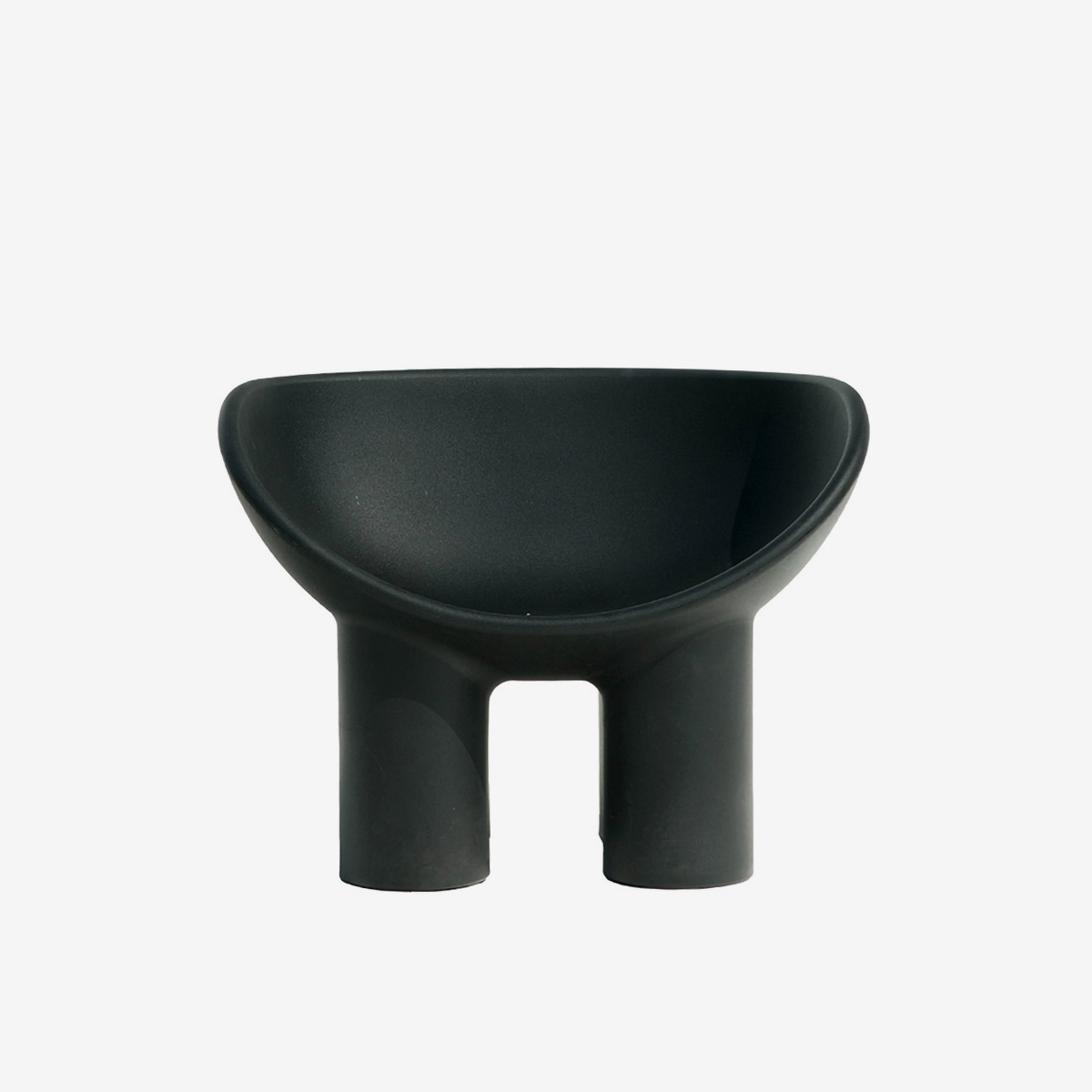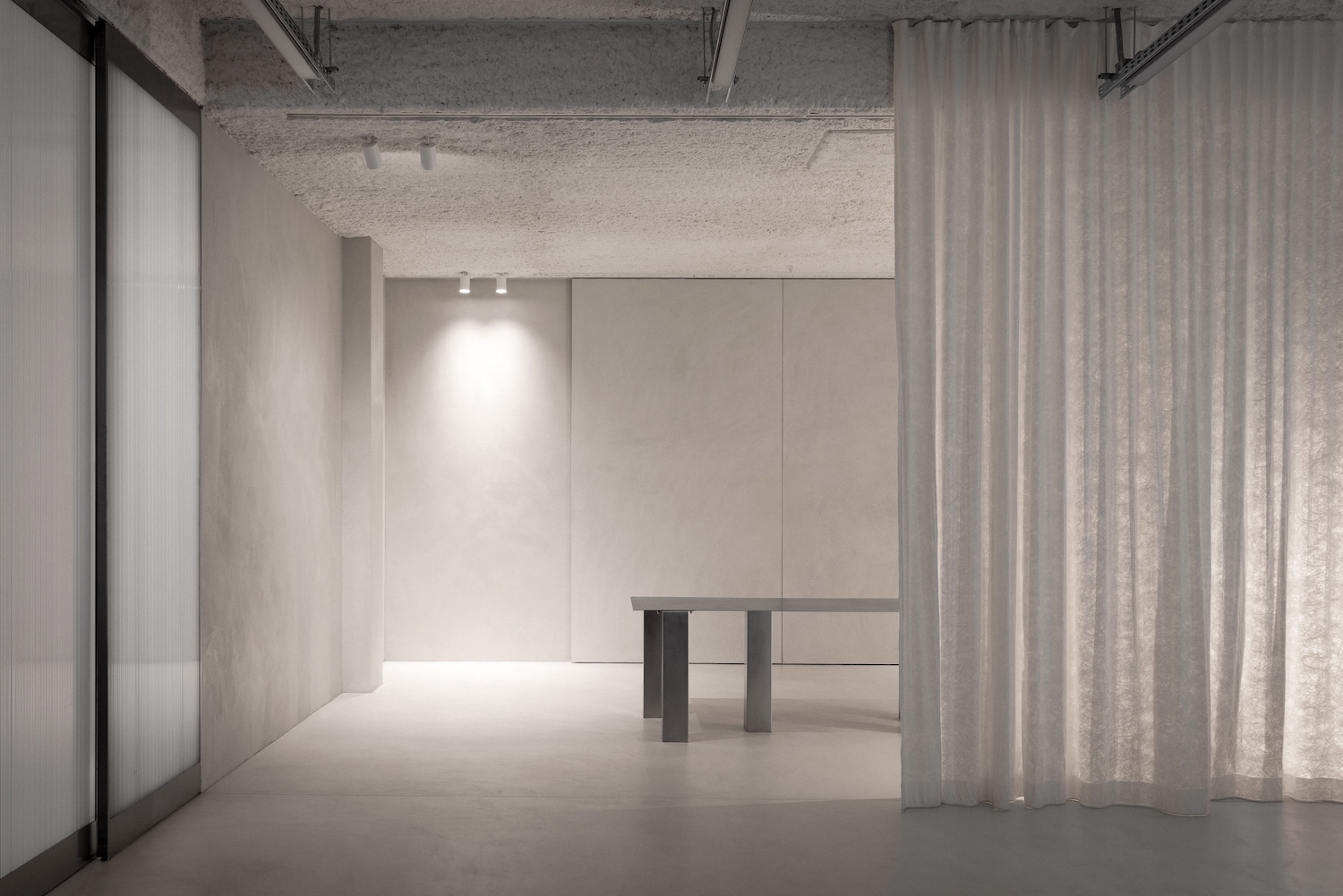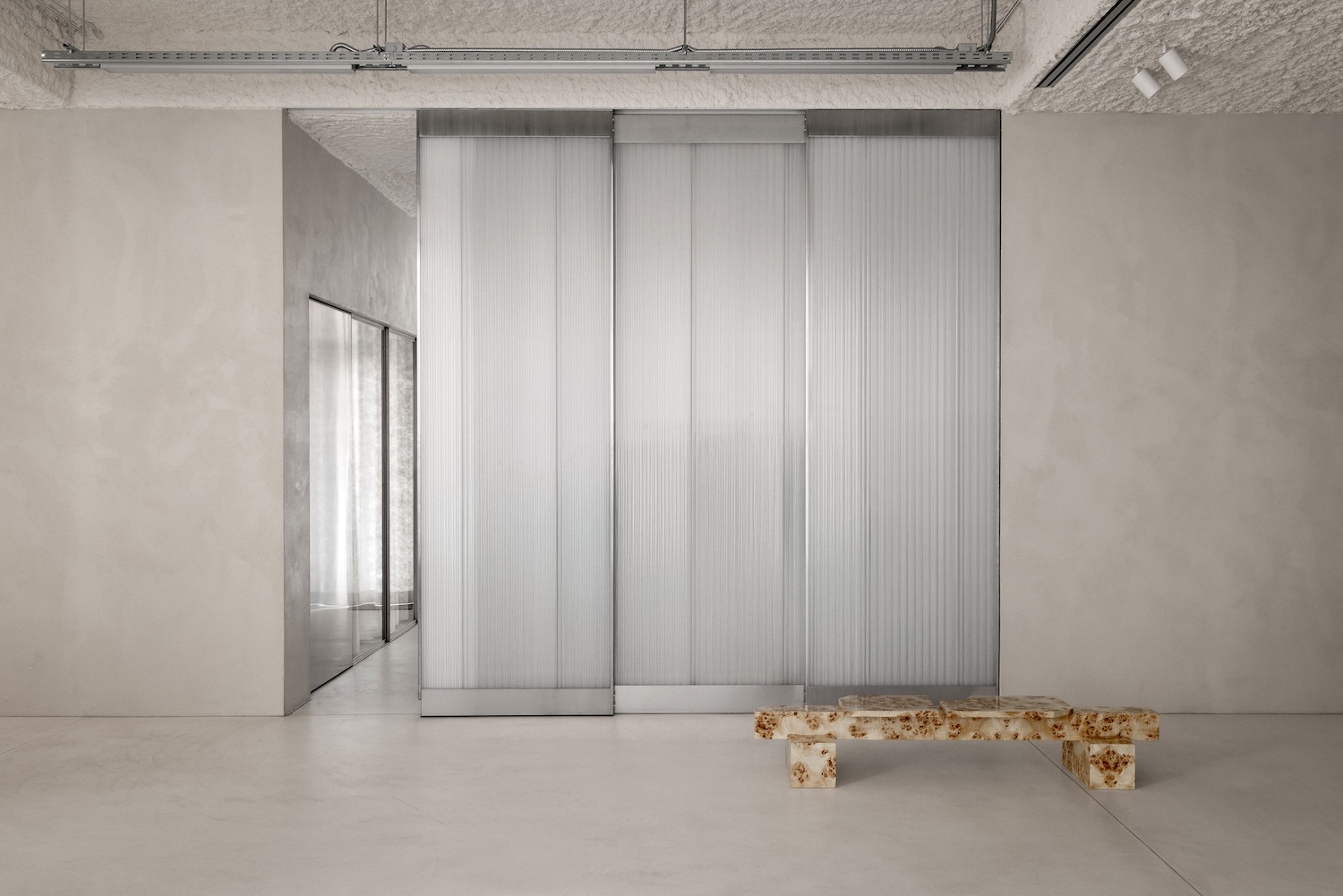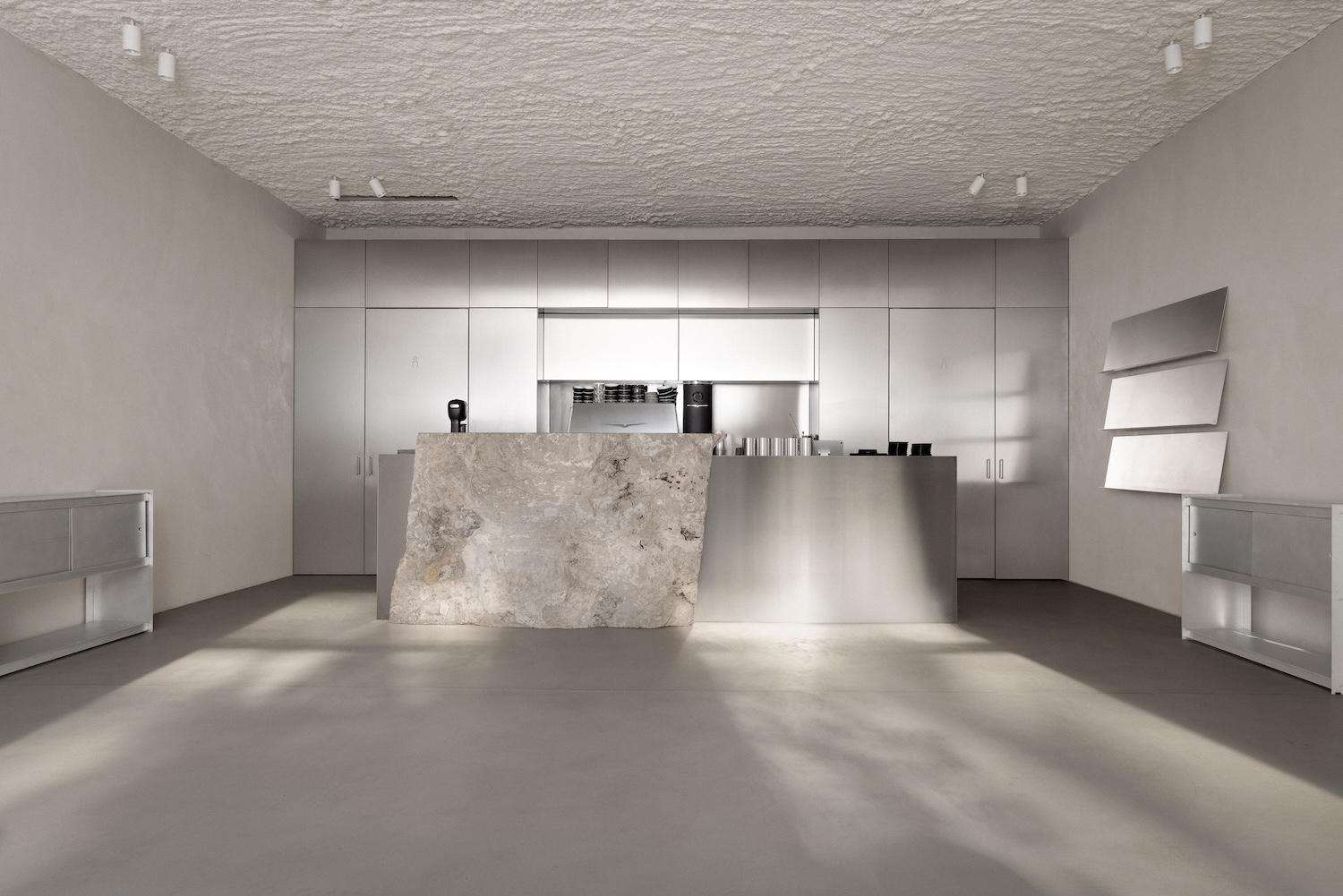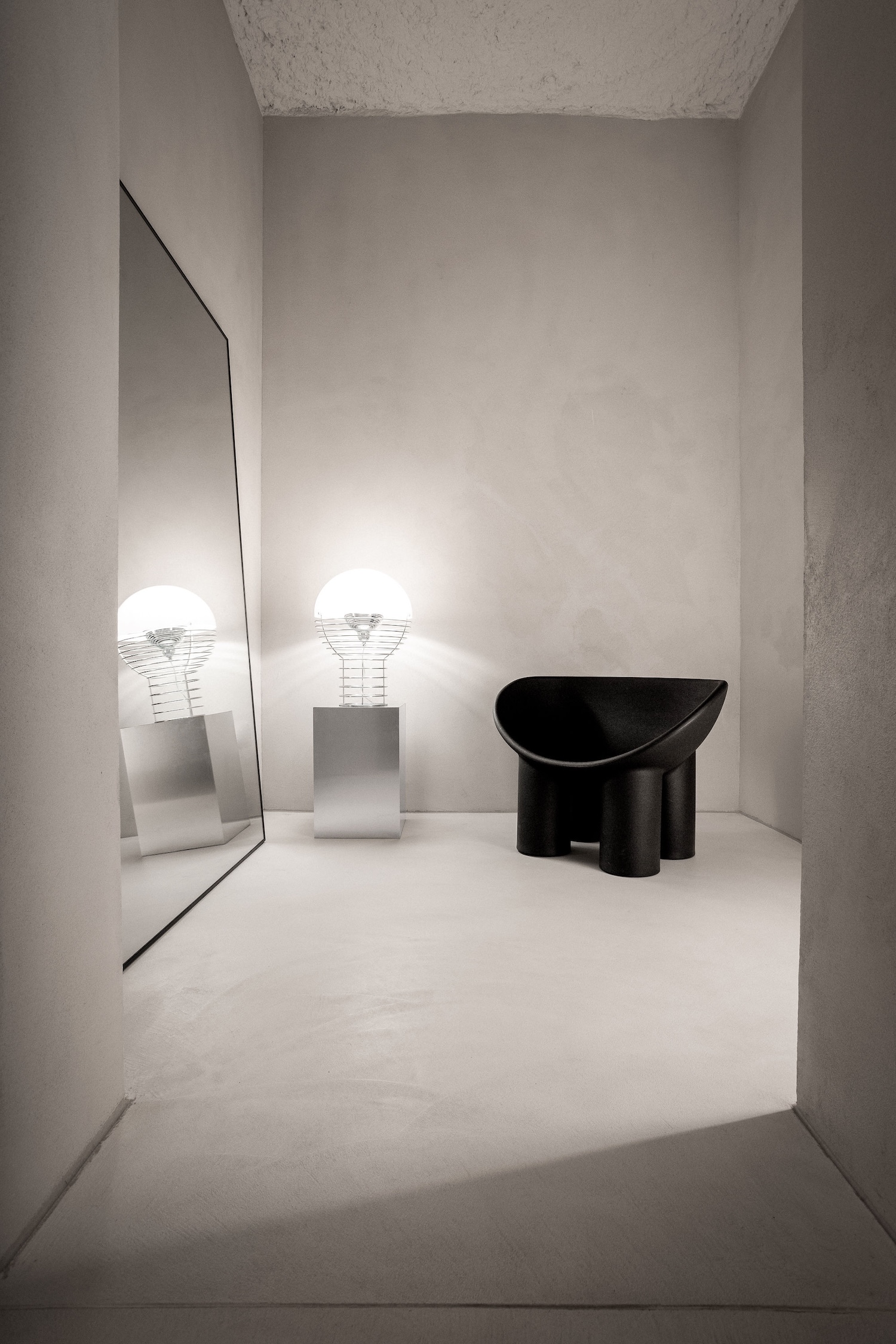Holographik Space is a minimalist design hub located in Zagreb, Croatia, designed by Studio PI and NON Architecture in collaboration with Holographik Studio. This multidisciplinary venue represents a compelling evolution in contemporary creative workspace typology, functioning simultaneously as cultural venue, curated showroom, and creative production facility within a single architectural framework. The project demonstrates how design studios can expand beyond traditional service models to create physical platforms that support broader creative communities while advancing their own practice philosophies.
The hybrid programming strategy reflects contemporary shifts in how creative businesses operate and engage with their communities. By combining specialty coffee and cocktail service with photo studio facilities, concept retail, and exhibition areas, Holographik Space creates multiple revenue streams while providing diverse touchpoints for creative professionals and local communities. This approach challenges conventional boundaries between commercial hospitality, cultural programming, and professional services, suggesting new models for creative business sustainability.
The collaboration between international branding studio Holographik and local architecture firms Studio PI and NON Architecture demonstrates how global creative practices can engage meaningfully with regional architectural expertise. This partnership structure allows international design sensibilities to inform spatial concepts while ensuring construction knowledge and local building culture remain central to project realization. The result suggests how contemporary creative spaces can maintain cultural specificity while serving internationally-oriented creative communities.
The ever-evolving environment concept positions the space as living laboratory for design experimentation rather than fixed architectural statement. This adaptability reflects how contemporary creative work requires flexible spatial frameworks that can accommodate changing project needs, client requirements, and cultural programming. The art-directed approach to space management allows continuous curatorial intervention that keeps the environment fresh while maintaining coherent design identity.

